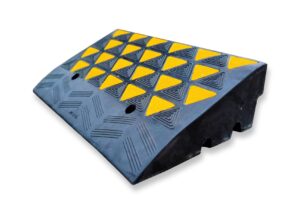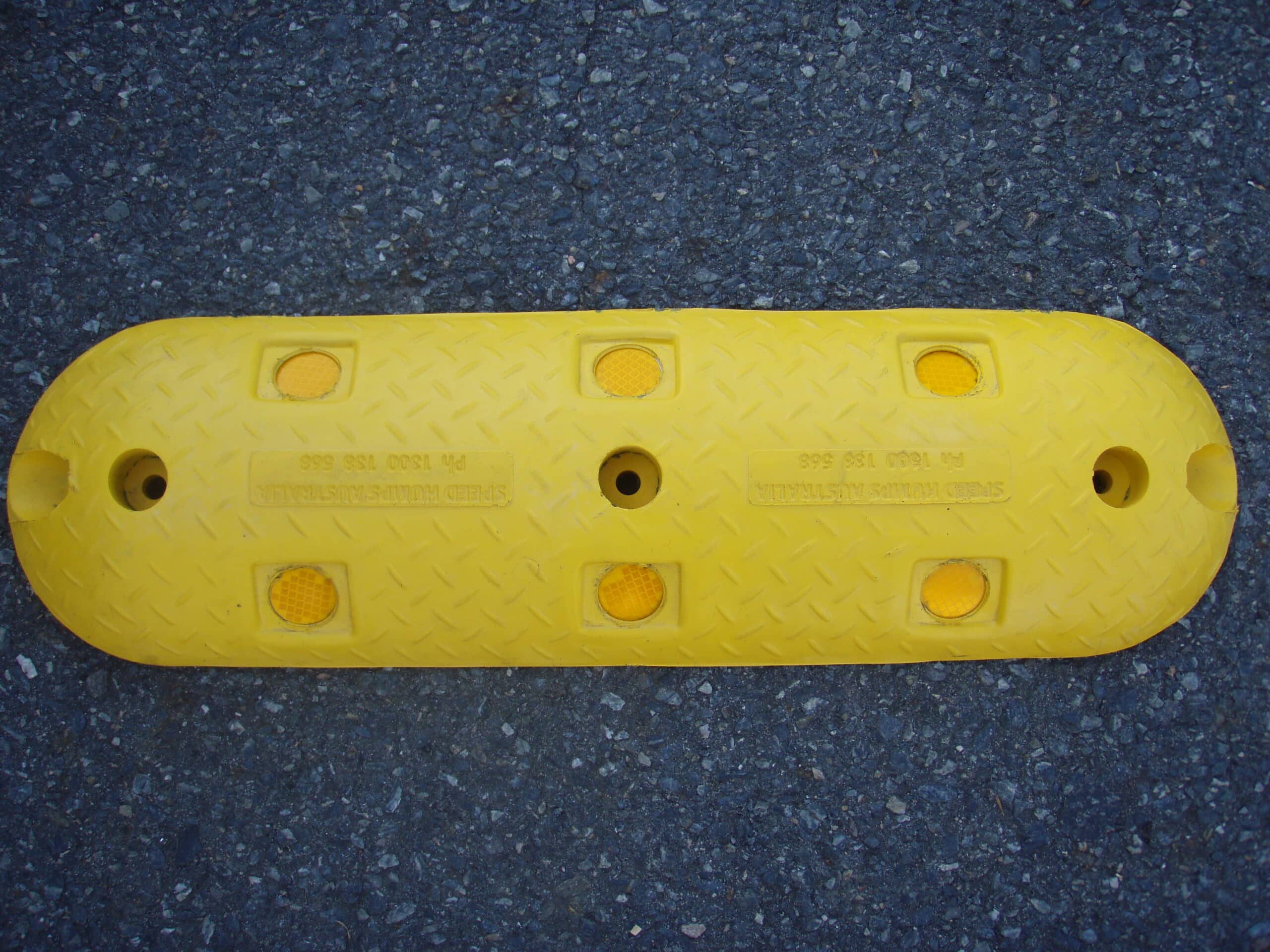

Public transportation systems need to keep passengers, drivers, and the surroundings safe. Bus depots, as vital components of these networks, must provide secure, well-designed, and stable infrastructure that reduces risks while enhancing the overall experience. A fundamental aspect of this infrastructure is the Fundamentally Stable Parking Infrastructure, which is key to the safety and efficiency of bus operations. At bus depots, this type of infrastructure ensures that parking areas can withstand the heavy demands of daily operations while minimising risks for both passengers and bus operators.

Fundamentally Stable Parking Bays are specifically designed to provide a stable and secure foundation for vehicles, ensuring that buses park safely and consistently in designated spaces. In this context, “fundamentally stable” means that the buses can be left unattended without the possibility of moving under the influence of gravity. This is achieved by designing parking spaces that secure buses in place, preventing unintended movement and reducing the risk of accidents or damage. The layout of these bays is designed for both efficiency and safety, helping to avoid accidents and optimise traffic flow within the depot.

Rumble bars are used for this purpose in bus depots, where they assist in aligning buses correctly within their overnight parking bays. Two sets of rumble bars are placed so that the vehicle’s wheels rest between them, ensuring that cars can enter and exit parking bays smoothly and safely in the same direction. These rumble bars not only guide the buses into the correct position but also help slow them down before they reach the rear wheel stop, contributing to a safer and more efficient parking process.
Structural Stability for Safety Assurance
The structural stability of parking areas at bus depots is paramount. Fundamentally Stable Parking Infrastructure is designed to support the heavy weight of buses, passengers, and other vehicles without compromising safety. Materials like steel, reinforced concrete, or high-quality asphalt are used to ensure longevity and strength. This stable foundation prevents accidents caused by structural failures or unexpected collapses, safeguarding both pedestrians and bus operators.
Clear Signage and Road Markings
Effective signage and road markings are essential for guiding bus drivers, pedestrians, and other vehicles within parking areas. Clear lane markings, well-lit signs, and directional arrows help drivers navigate the parking spaces efficiently, reducing the risk of accidents. Pedestrian crosswalks and designated waiting areas further enhance safety by ensuring that drivers and depot staff can move freely without interfering with bus operations.
Safety Barriers and Fencing
To maintain a safe environment, many bus depots incorporate safety barriers or fencing around parking areas. These physical structures help separate buses from pedestrians, preventing accidents caused by unauthorised access or unexpected vehicle movements. Barriers also protect infrastructure and reduce property damage, ensuring the safe operation of the depot.
CCTV Surveillance and Security Systems
Advanced security systems, including CCTV surveillance, are critical for monitoring bus depot parking areas. These cameras help identify suspicious activities or potential incidents in real-time, providing an added layer of protection for buses and passengers. Vandalism, theft, and other security risks are also kept away by CCTV, which makes sure that the parking structure is always safe.
Designated Parking Spaces and Flow Management
Bus depot parking lots are designed with clearly marked spaces for buses, ensuring orderly parking and reducing the risk of congestion. The layout of these spaces promotes smooth traffic flow, minimising the chance of accidents or delays caused by poorly organised parking. Well-planned parking areas help keep bus movements efficient, ensuring that buses can park and depart without interference.
Lighting for Visibility and Security
Proper lighting is an essential feature of bus depot parking infrastructure, particularly for nighttime operations. Well-lit areas improve visibility for both drivers and pedestrians, ensuring safe parking and movement. Additionally, strong lighting serves as a deterrent against crime, enhancing security during off-peak hours and providing a safer environment for all users.
Emergency Systems and First Aid Facilities
A bus depot must be equipped with emergency systems to handle potential accidents or medical situations. Fire extinguishers, first aid kits, emergency alarms, and clear exits make sure that help can be sent quickly in case of an emergency, protecting both customers and staff.
Regular Maintenance and Inspections
Ongoing maintenance and regular inspections are critical to ensuring the long-term safety of parking infrastructure at bus depots. Routine checks of structural integrity, lighting, road markings, and safety barriers help identify and resolve issues before they pose a safety risk. Well-maintained parking facilities provide a safe, functional environment for buses and passengers alike, extending the lifespan of the infrastructure.
The integration of modern technology further enhances the safety and functionality of bus depot parking infrastructure. From advanced security systems like CCTV to digital traffic management tools, technology plays a vital role in improving operational efficiency and safety. By investing in Fundamentally Stable Parking Infrastructure, along with key safety features such as clear signage, barriers, and security systems, bus depots can create an environment where both passengers and bus operators feel confident and secure.
For bus stations to run safely, efficiently, and dependably, they need to prioritise fundamentally stable parking infrastructure. A combination of structural integrity, safety features, and regular maintenance creates a secure environment that minimises risks, enhances operational flow, and supports the safe movement of buses and passengers. As public transportation networks grow, keeping their structures in good shape will remain important for their success and safety.



For 10 years, our focus has been on one thing: to provide one style of product and to do it well.
Our wheel stops, speed humps and rumble bars meet Australian Standards, don’t fade, and we’ve never needed to replace one.

For 10 years, our focus has been on one thing: to provide one style of product and to do it well.
Our wheel stops, speed humps and rumble bars meet Australian Standards, don’t fade, and we’ve never needed to replace one.